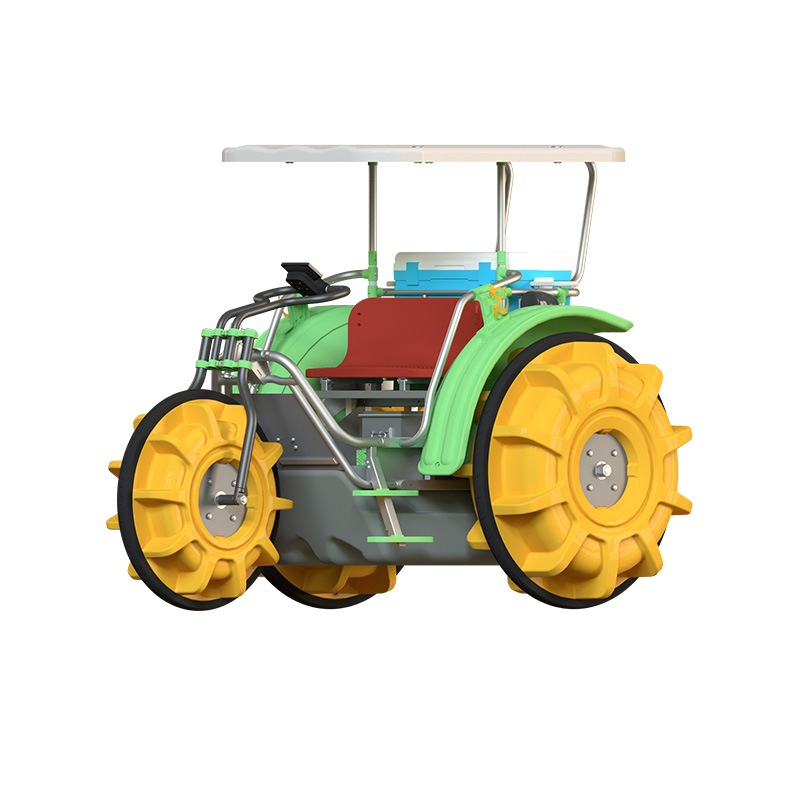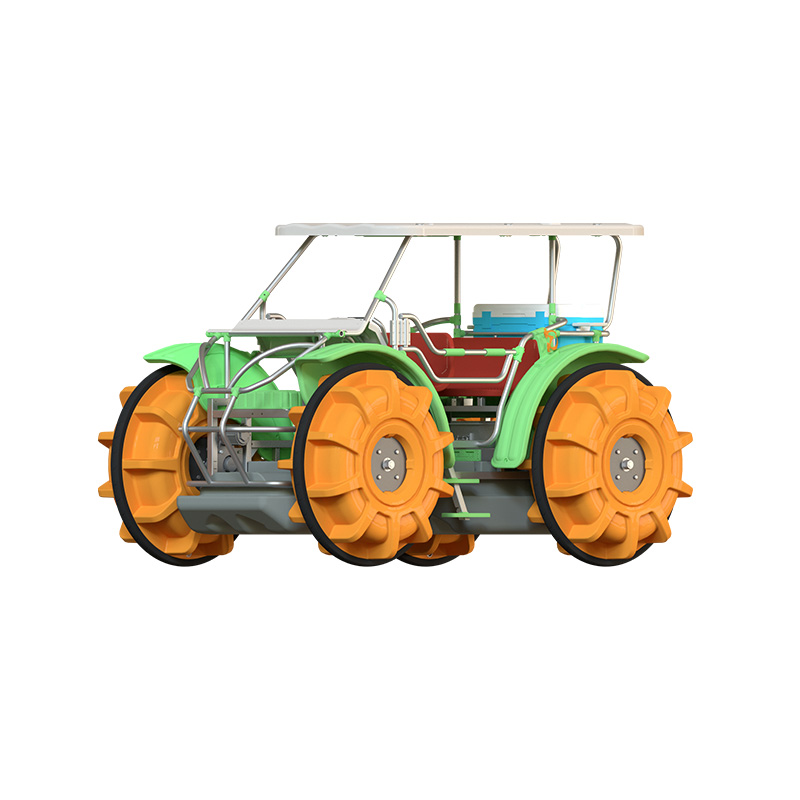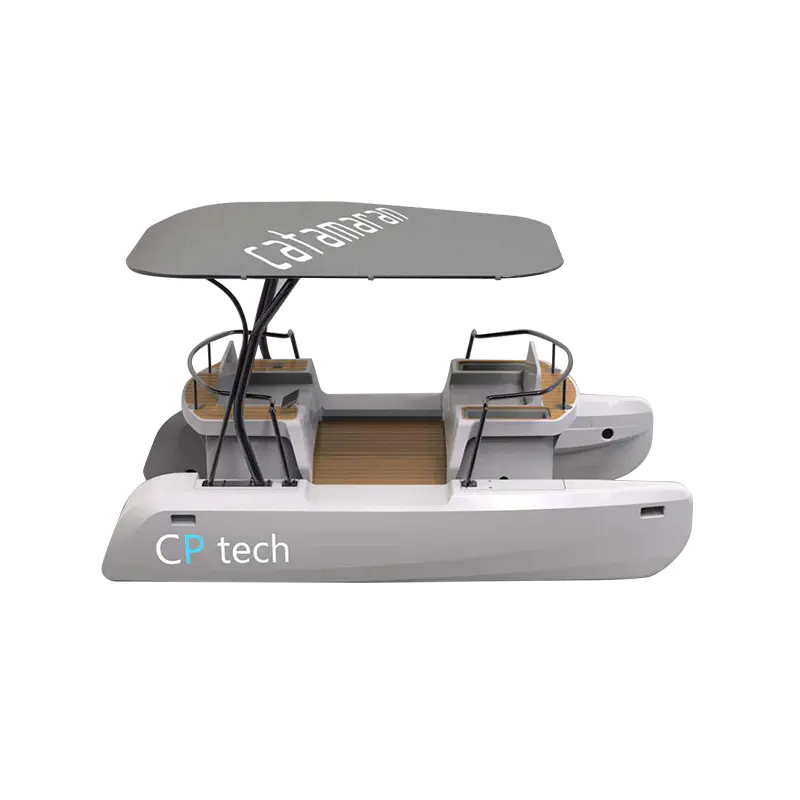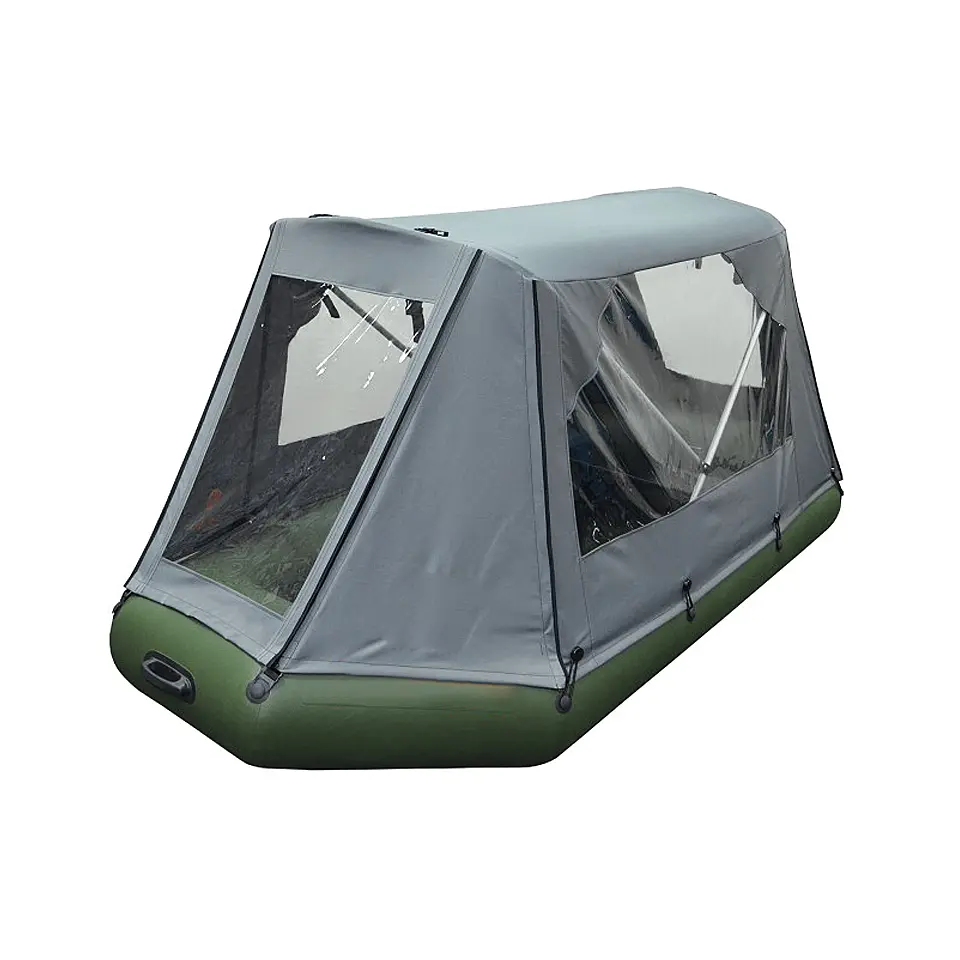Comparison Between Electric Ski Boat and Electric Foil Boat
2025-04-18
Electric ski boats are essentially traditional ski boats modified or built from the ground up with electric propulsion systems. They are designed with a wide hull to ensure stability and are typically used for towing water skiers, wakeboarders, or tubers. These boats rely on powerful electric motors to generate the thrust required for towing, and the hull is optimized for planing on the water surface at higher speeds.

In contrast, electric foil boats—or e-foil boats—are built with hydrofoil technology that lifts the hull out of the water as speed increases. The hydrofoils reduce drag by the hull's contact with water, which greatly improves efficiency and provides a smoother ride. These boats usually feature a lightweight design and are not intended for towing, but rather for efficient cruising and quiet, low-resistance movement across the water.
One of the key differences lies in energy efficiency. Electric foil boats have a distinct advantage in this area due to reduced water resistance. By lifting above the water surface, they require significantly less energy to maintain speed. As a result, they can typically operate longer on a single charge compared to electric ski boats. This makes them suitable for leisurely travel over longer distances, especially in calm waters.
Electric ski boats, on the other hand, consume more energy due to the constant contact between the hull and water. Their motors are often more powerful to accommodate towing, but this also bring about faster battery depletion. The trade-off is necessary for their intended use, where performance and strength outweigh energy conservation.
The intended purpose of each vessel also shapes its overall experience. Electric ski boats are performance-focused and designed for social, recreational activities. They are equipped with features like tow hooks, ballast tanks, and spacious seating arrangements, making them ideal for group outings and water sports.
Electric foil boats offer a more personal and quiet experience. Their smooth, gliding motion above water provides a sensation similar to flying and is appreciated for its tranquility and novelty. They are generally used solo or with one passenger, emphasizing efficiency and serenity over power.
Electric foil boats often come at a higher initial cost due to their specialized technology and lightweight materials. However, their lower energy consumption and reduced mechanical strain may bring about lower maintenance requirements over time.
Electric ski boats can vary in cost depending on size and features, but they tend to require more frequent servicing due to the greater stress placed on their components during operation, especially when towing.
The electric jet ski represents a growing segment within the electric watercraft industry. It combines the excitement of traditional personal watercraft with the benefits of electric propulsion, including reduced noise, lower emissions, and simplified maintenance.
One of the primary advantages of the electric jet ski is its quieter operation. Unlike traditional gas-powered models that produce significant noise and emissions, electric jet skis offer a much more peaceful experience, making them suitable for use in lakes and other environmentally sensitive areas. This quieter performance also contributes to a more relaxed ride for the operator and nearby swimmers or boaters.

 English
English  русский
русский  عربى
عربى 









